Scientific name Alstroemeriaceae Rank Family | ||
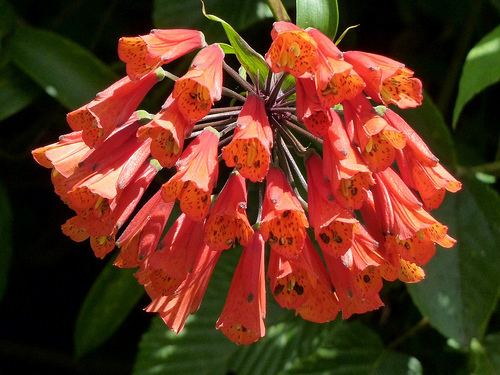 | ||
Lower classifications | ||
don't have parent category when child category is already present
Contents
Alstroemeriaceae is a family of flowering plants, with 254 known species in four genera (Christenhusz & Byng 2016 ), native to the Americas, from Central America to southern South America.
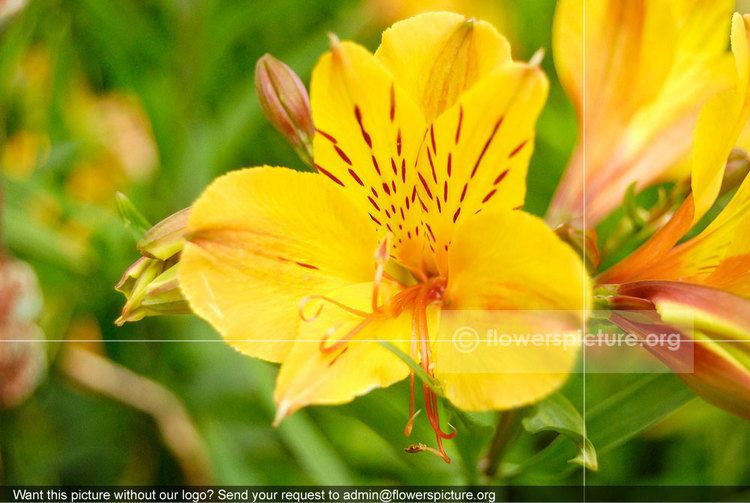
The genus Alstroemeria, commonly called the Peruvian lilies, are popular florist's and garden flowers. The genus Bomarea is a vine that produces clusters of variously-colored, bell-shaped flowers.
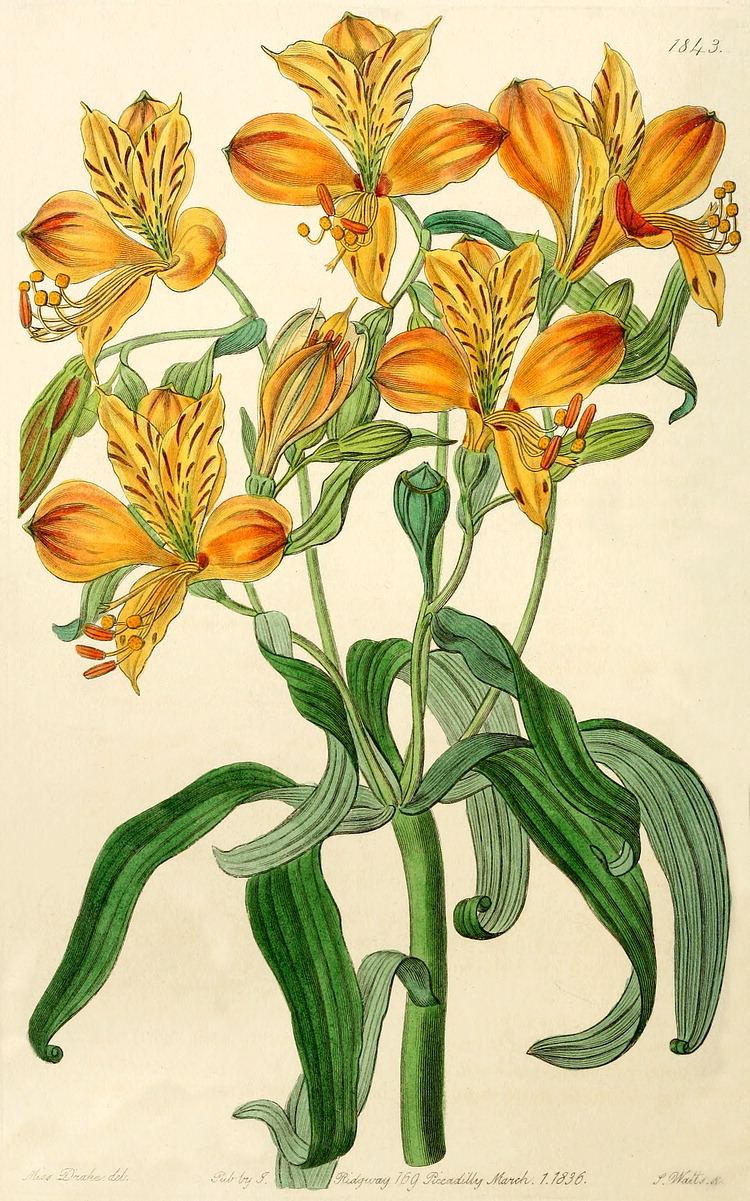
Classification

The APG II system, of 2003 (unchanged from the APG system, of 1998), treats the family in the order Liliales, in the clade monocots. The APG III system, of 2009, merged the obscure family Luzuriagaceae into the Alstroemeriaceae, since the former group included only two genera, was the sister group of the Alstroemeriaceae, and possessed the same distinctive twisted petioles.
Distribution
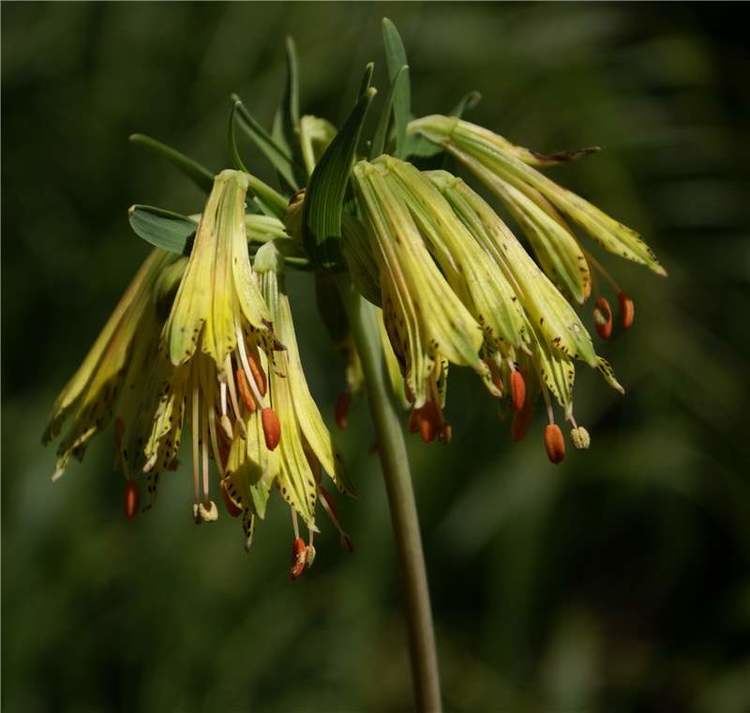
Alstroemeriaceae is distributed in tropical and temperate America, from Mexico and the Antilles to Tierra del Fuego. Luzuriageae is distributed from Peru to the Falkland Islands and Tierra del Fuego, New Zealand and Australia (NSW to Tasmania).
As food
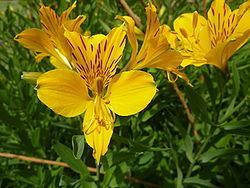
Bomarea edulis is distributed from Mexico to Argentina. Its tubers have been used from pre-Columbian times as a food source. A single plant can have up to 20 tubers each 5 cm in diameter.
As ornamental plants
Some of the Alstroemeriaceae species used for ornamental purposes are:
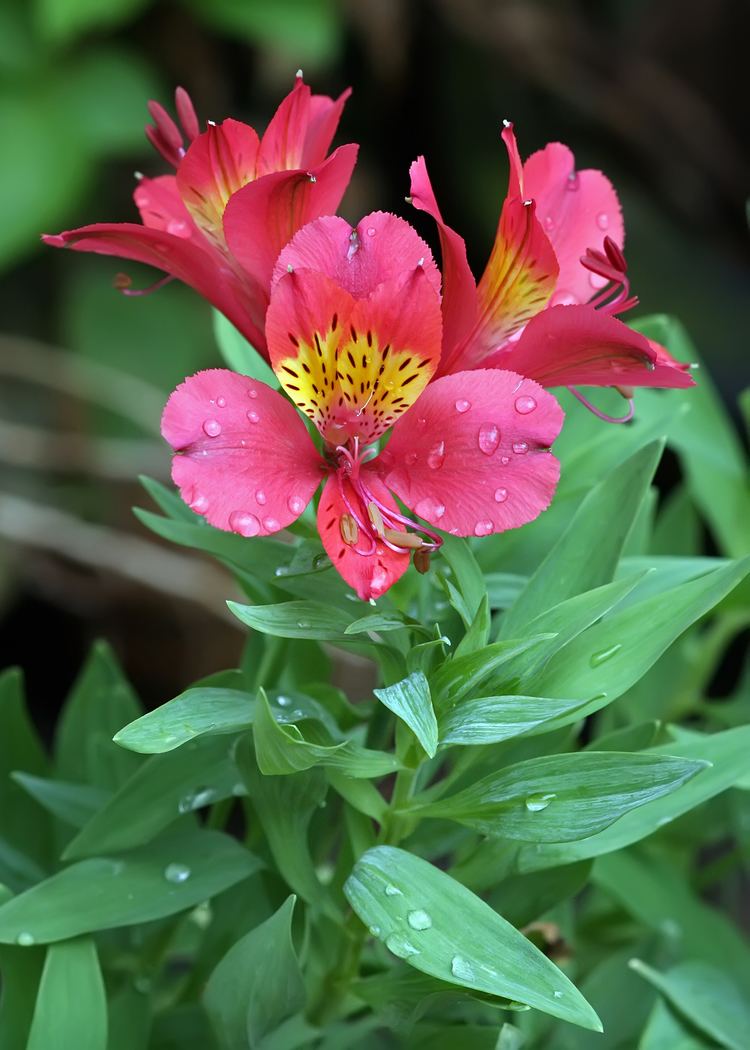
Oher species, such as Luzuriaga radicans, also endemic to Chile, have potential as ornamental plants.
